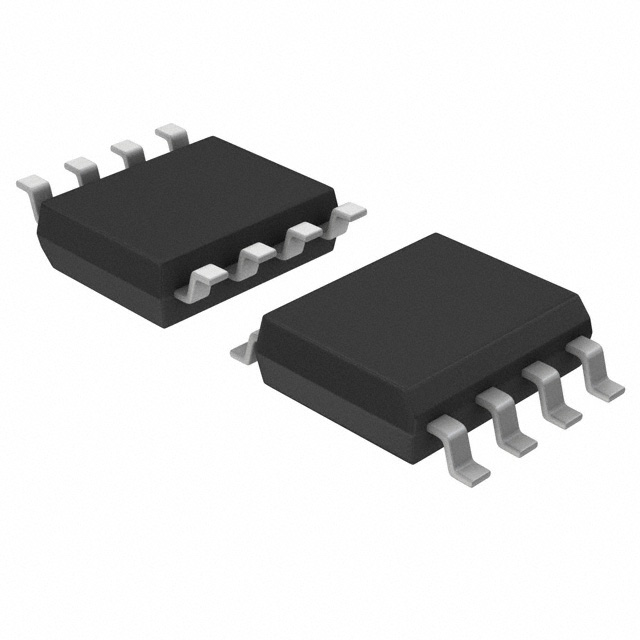MLX90601: Features: · Remote temperature measurement· Fully linearized signals· Analog voltage output, digital PWM output and SPI interface· Factory calibrated· Rigid PCB with automotive protection circuitry,...
floor Price/Ceiling Price
- Part Number:
- MLX90601
- Supply Ability:
- 5000
Price Break
- Qty
- 1~5000
- Unit Price
- Negotiable
- Processing time
- 15 Days
SeekIC Buyer Protection PLUS - newly updated for 2013!
- Escrow Protection.
- Guaranteed refunds.
- Secure payments.
- Learn more >>
Month Sales
268 Transactions
Payment Methods
All payment methods are secure and covered by SeekIC Buyer Protection PLUS.

 MLX90601 Data Sheet
MLX90601 Data Sheet







